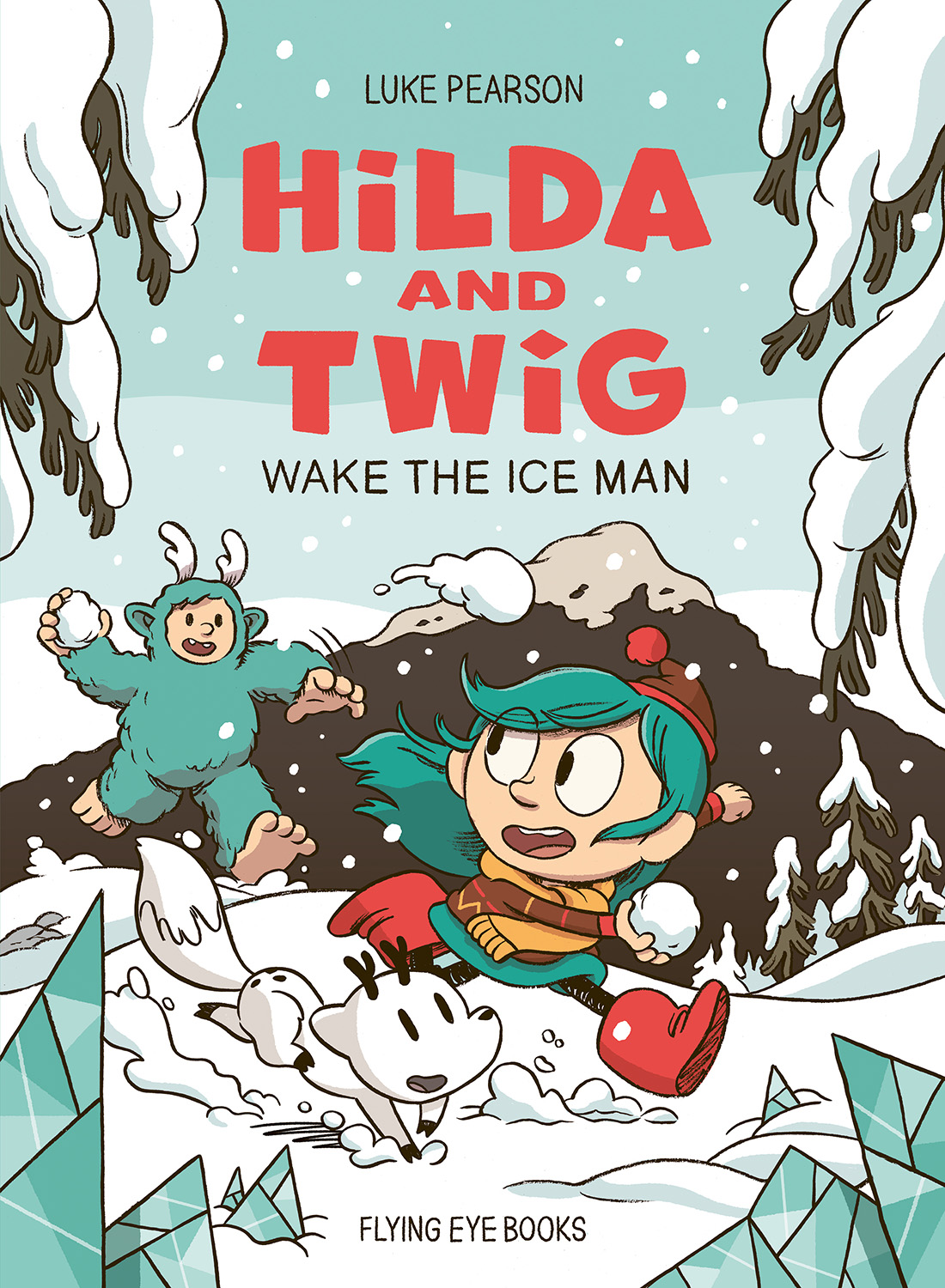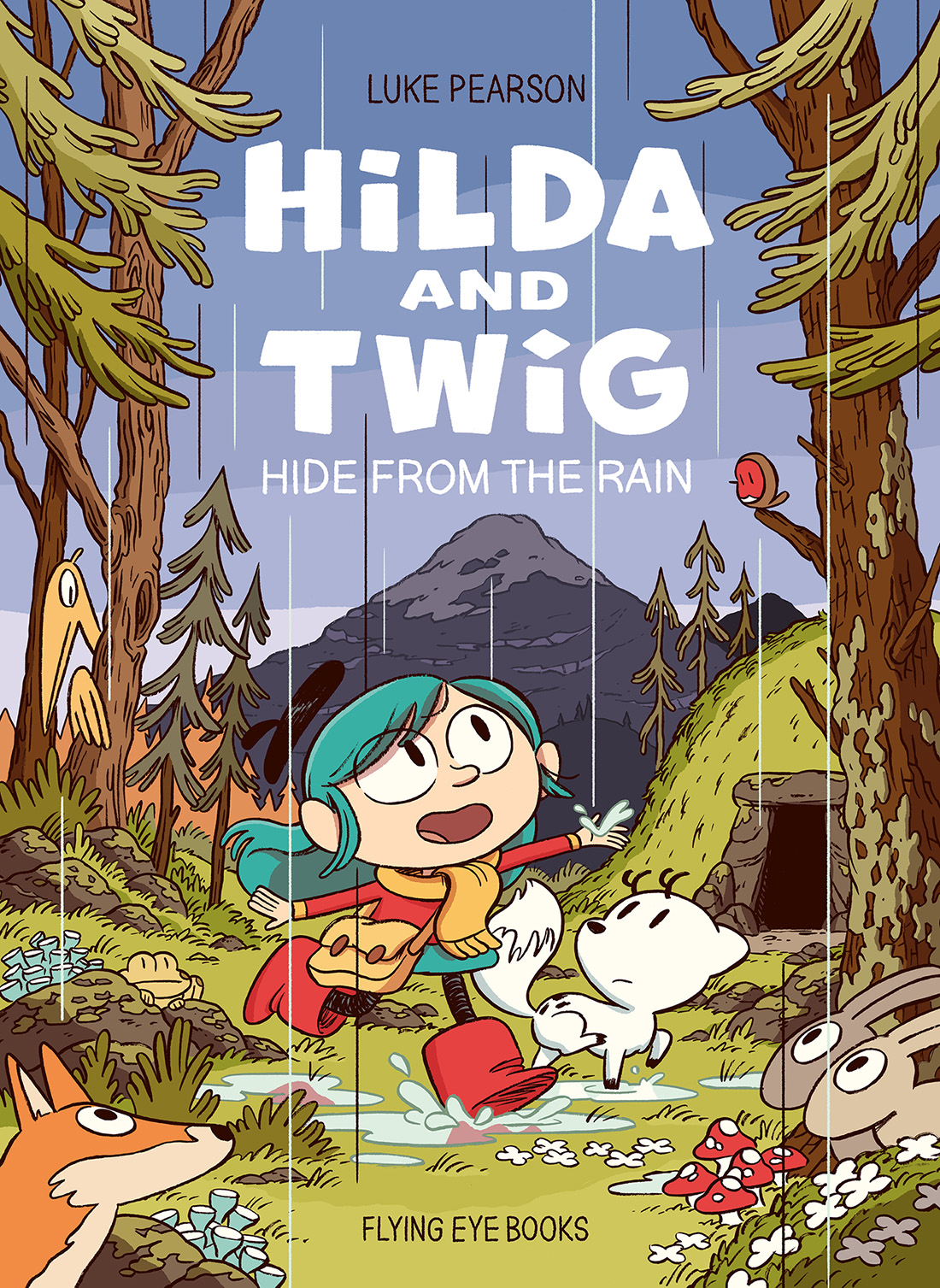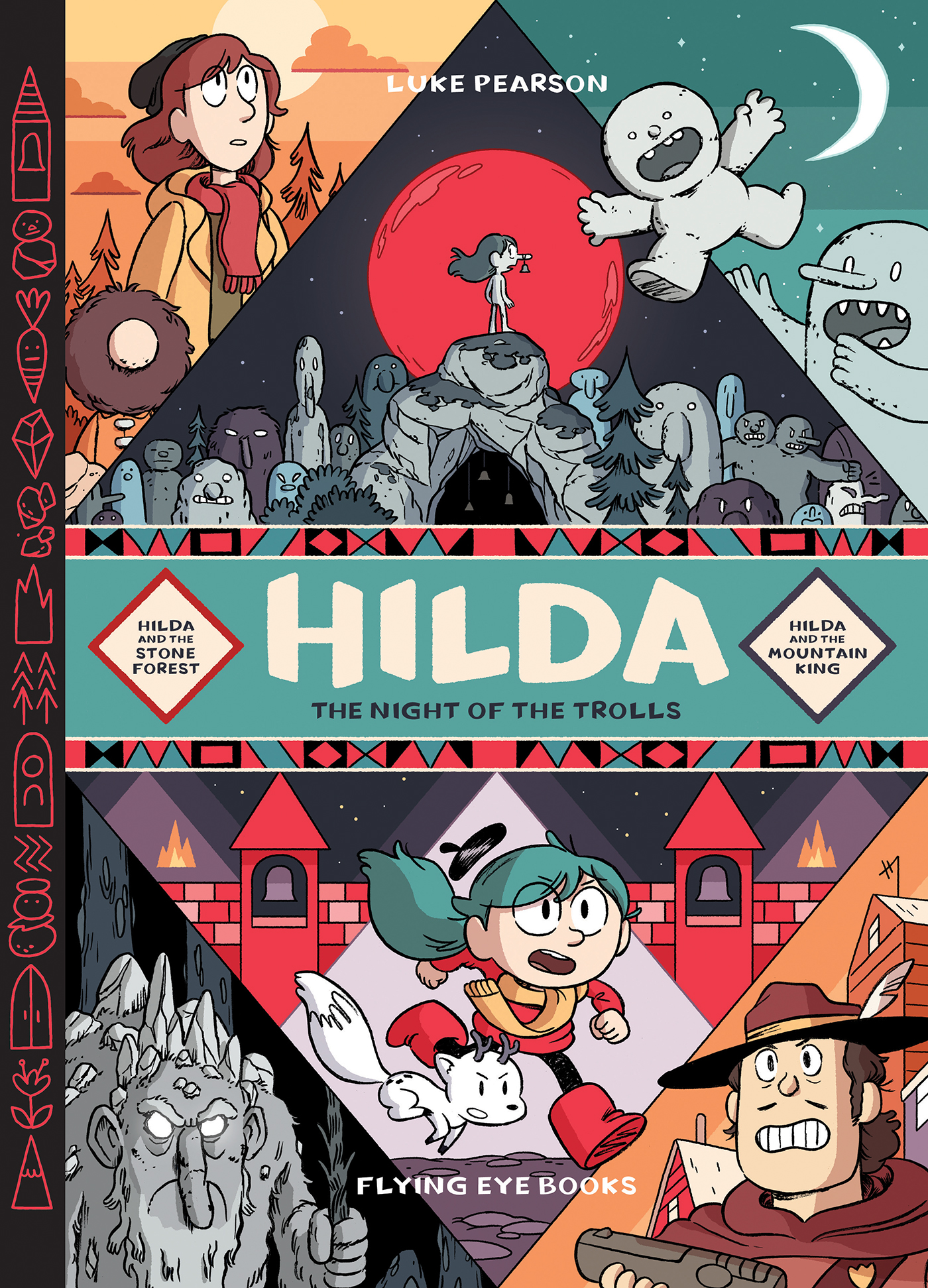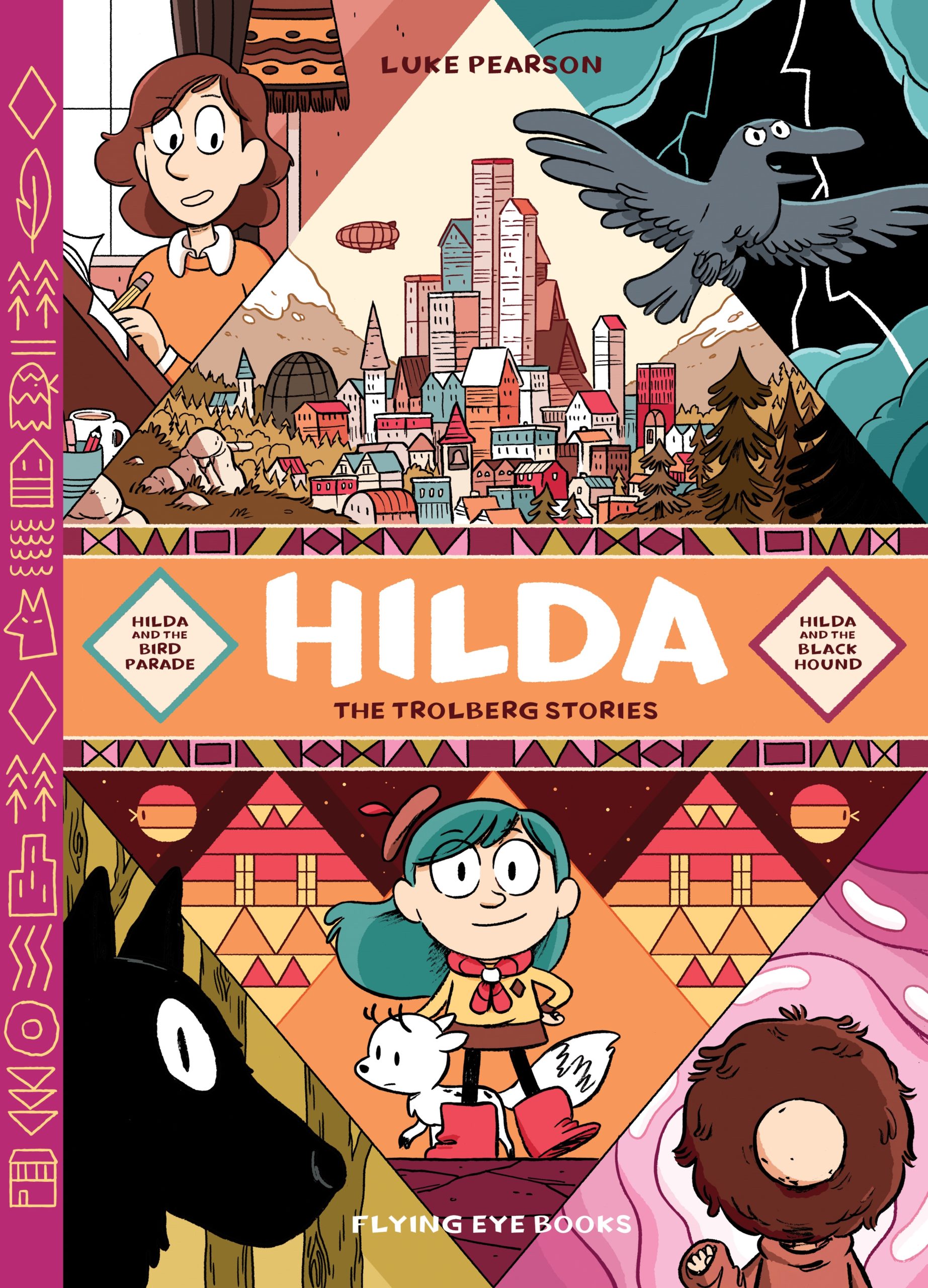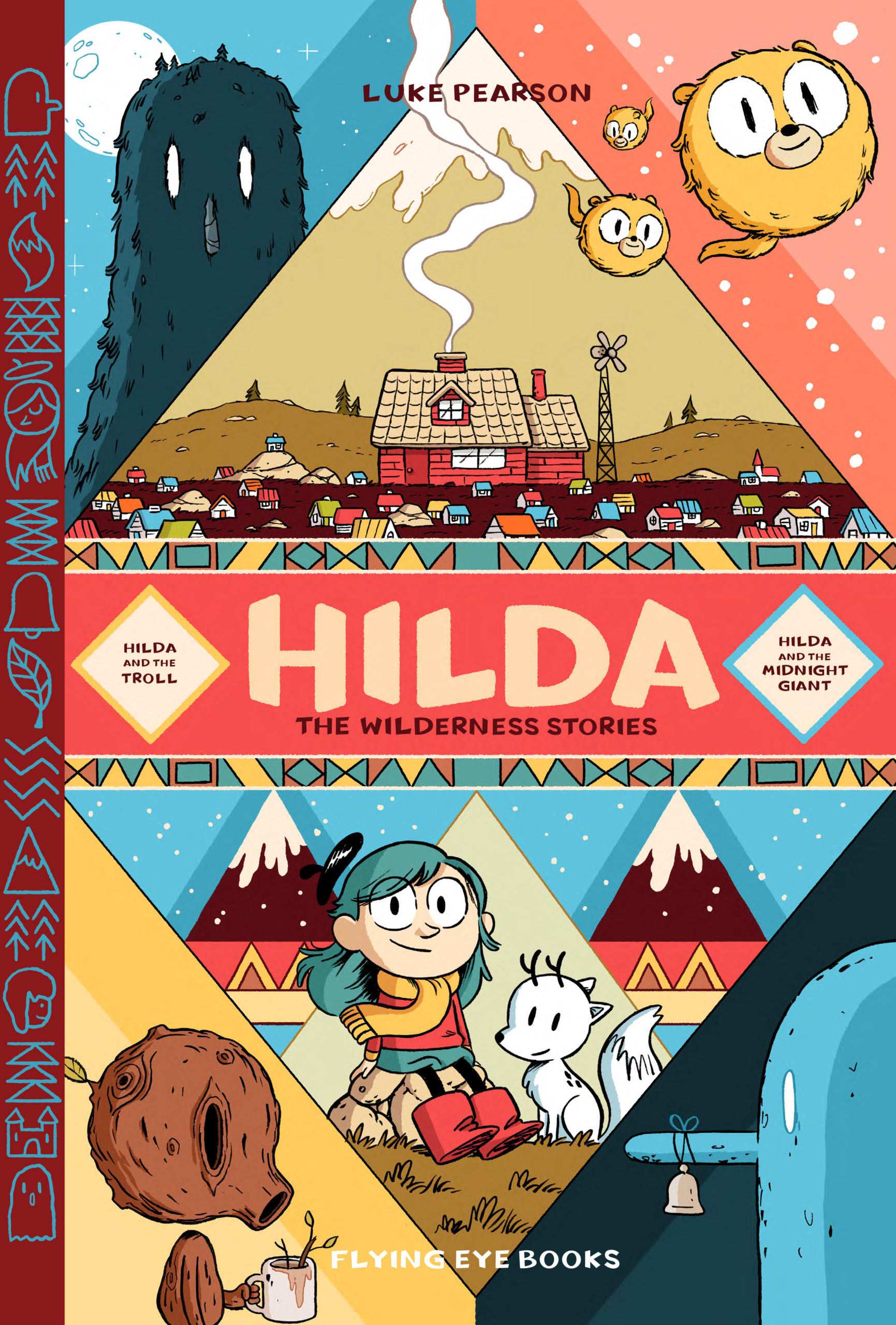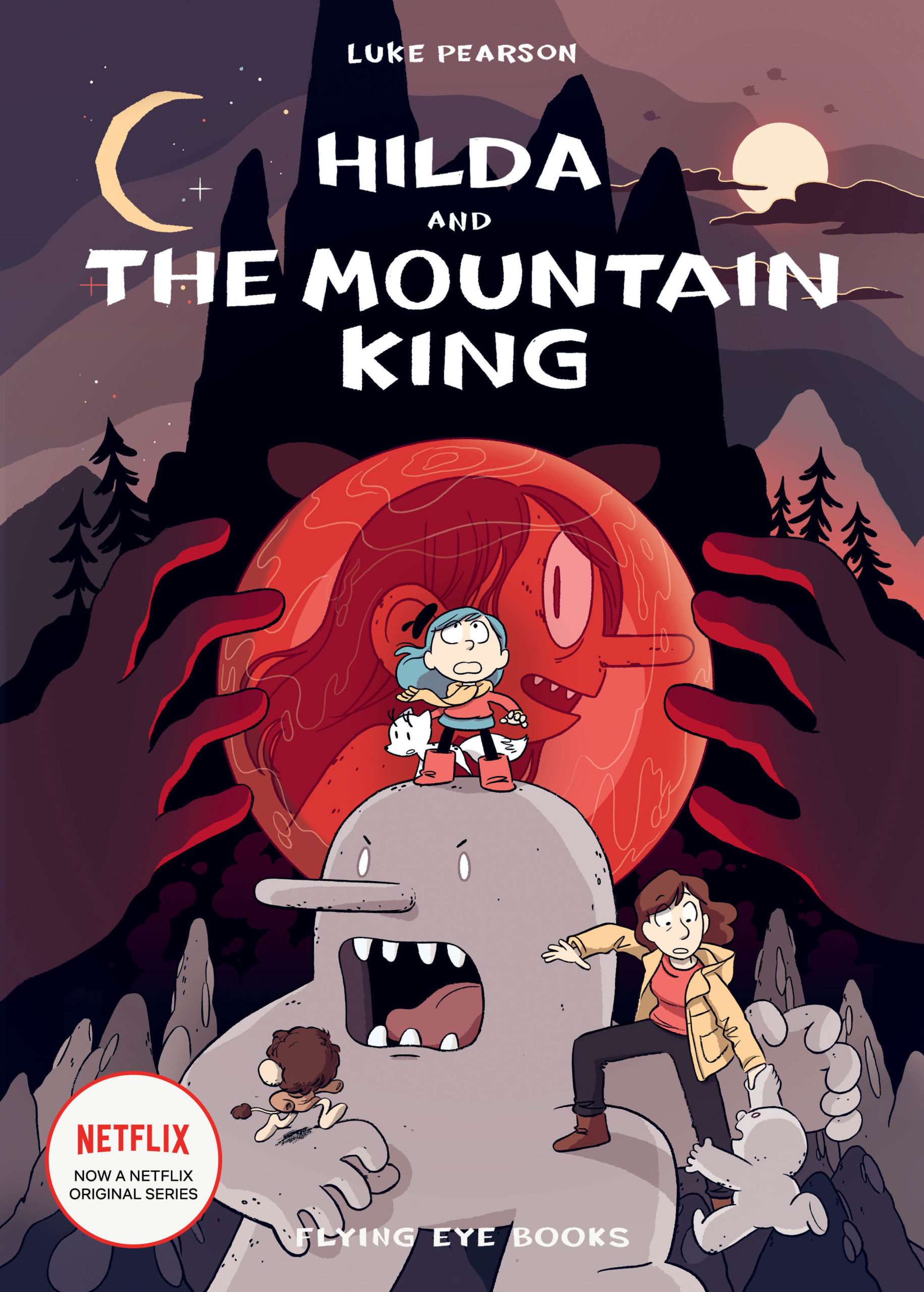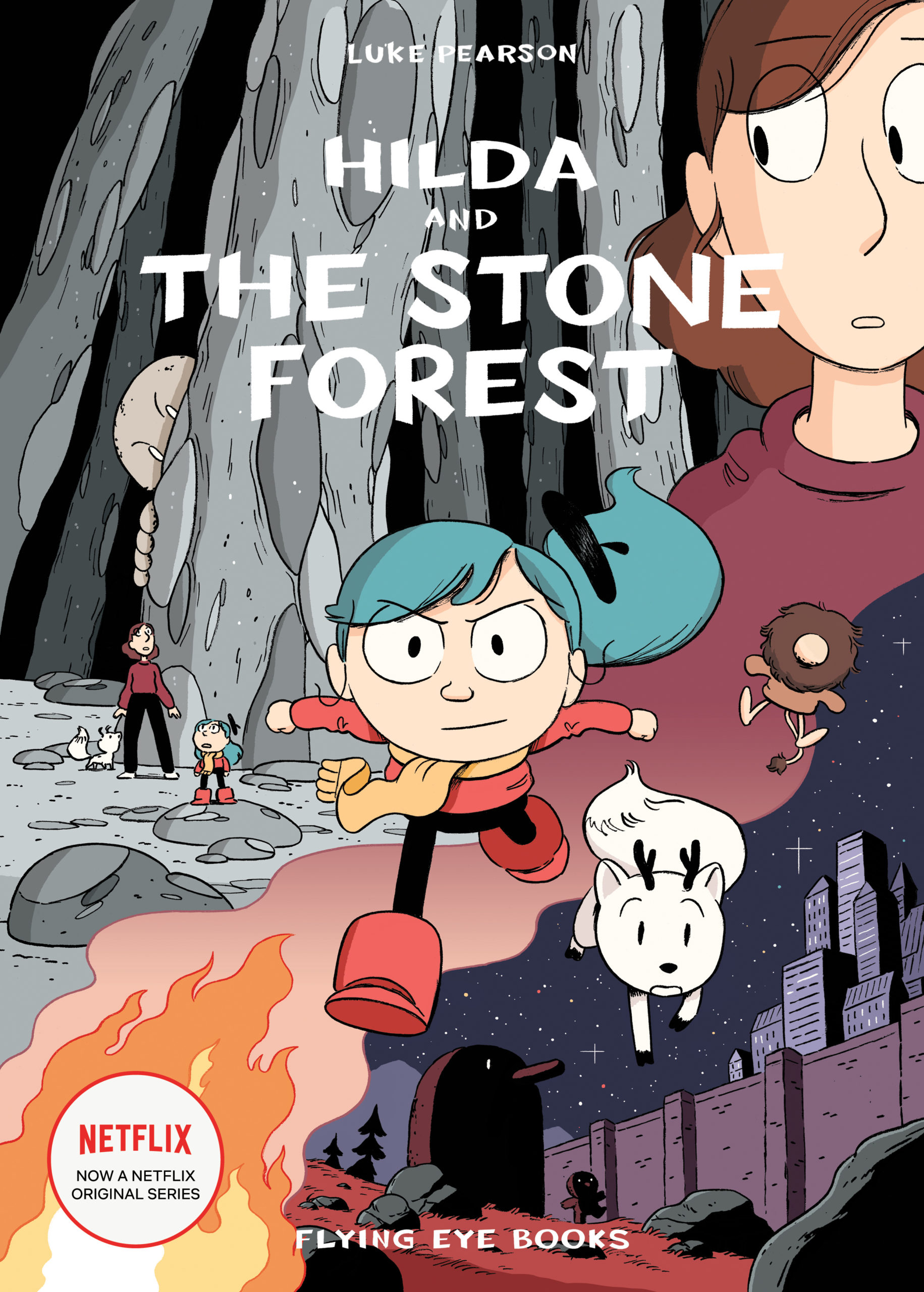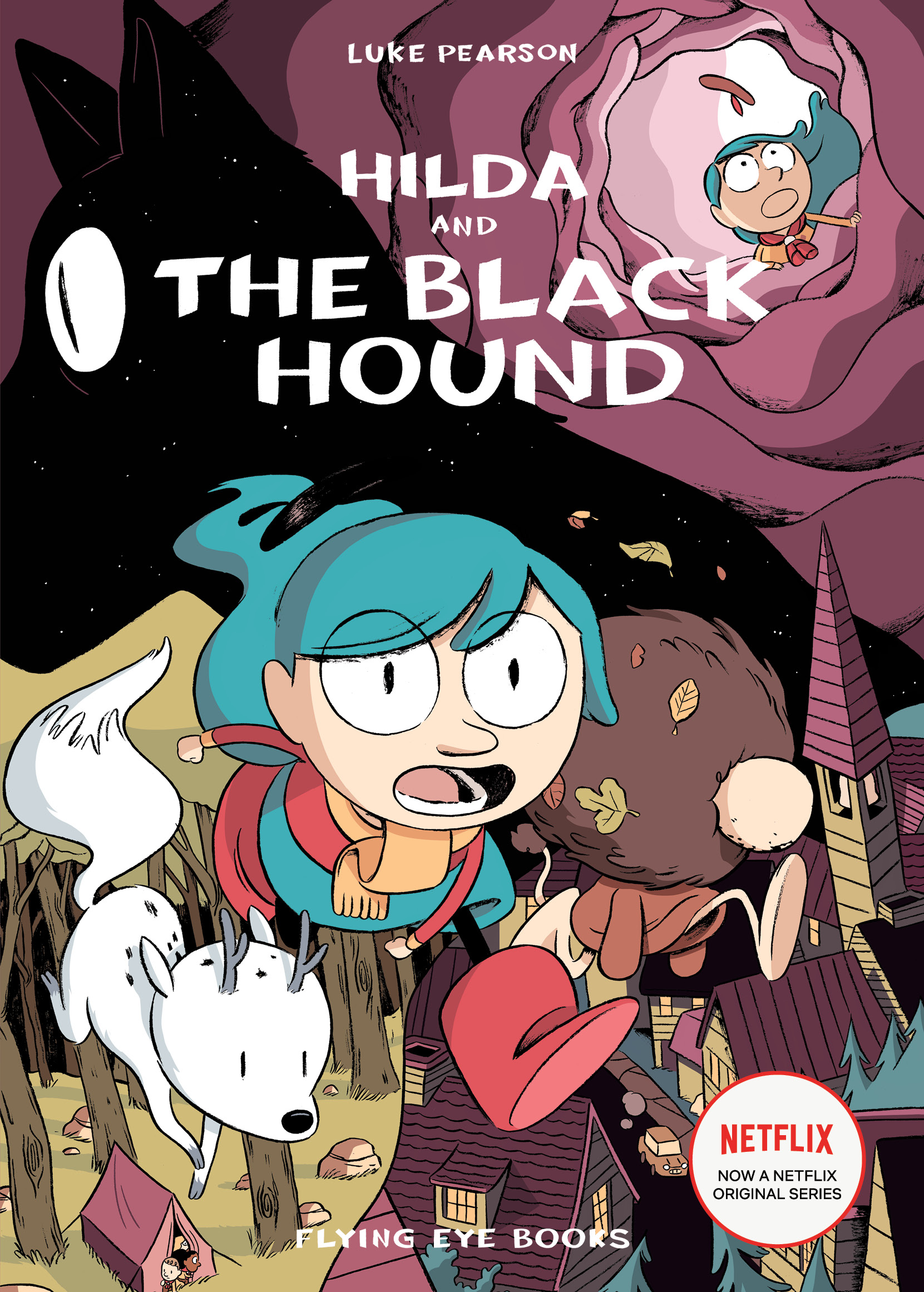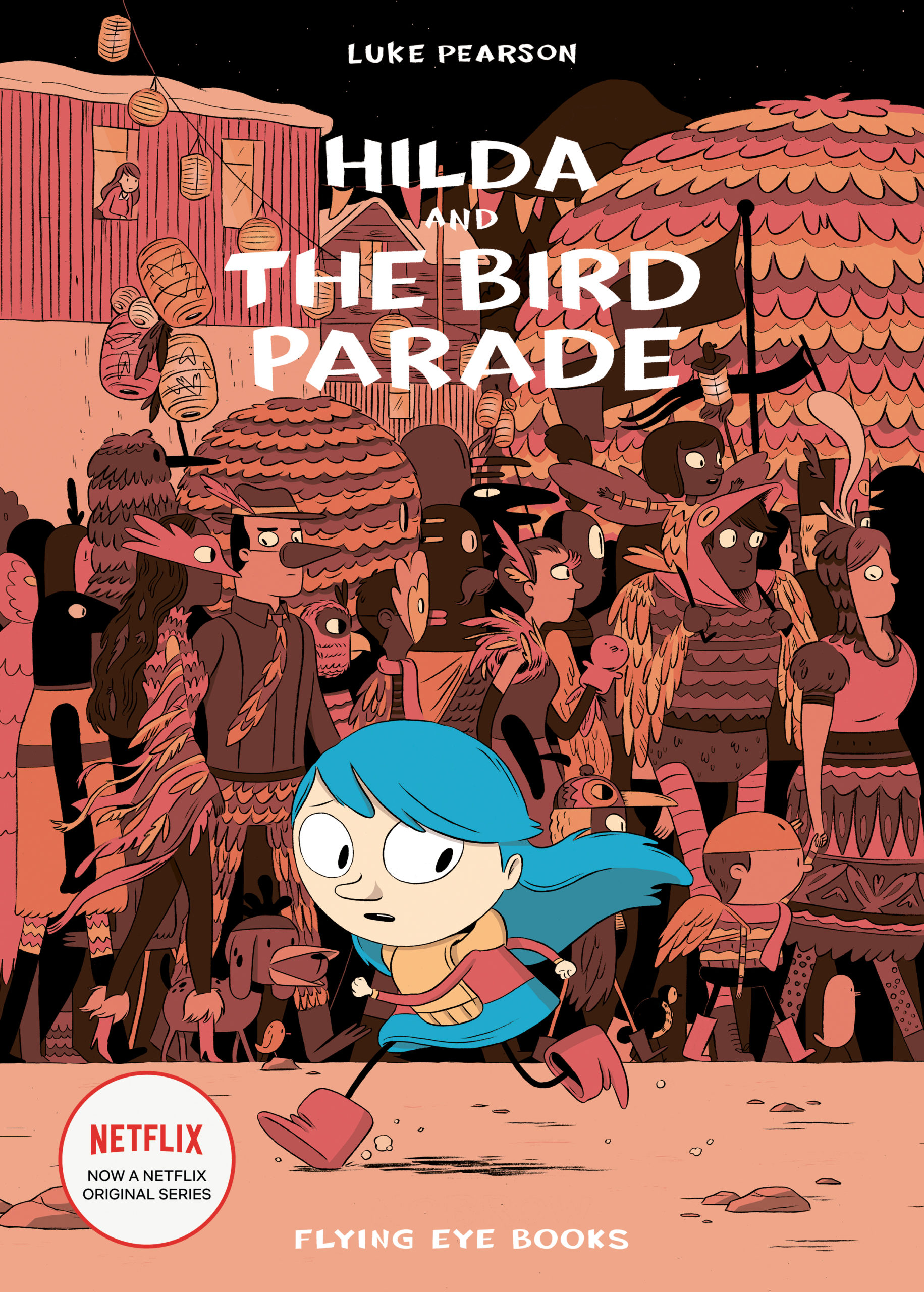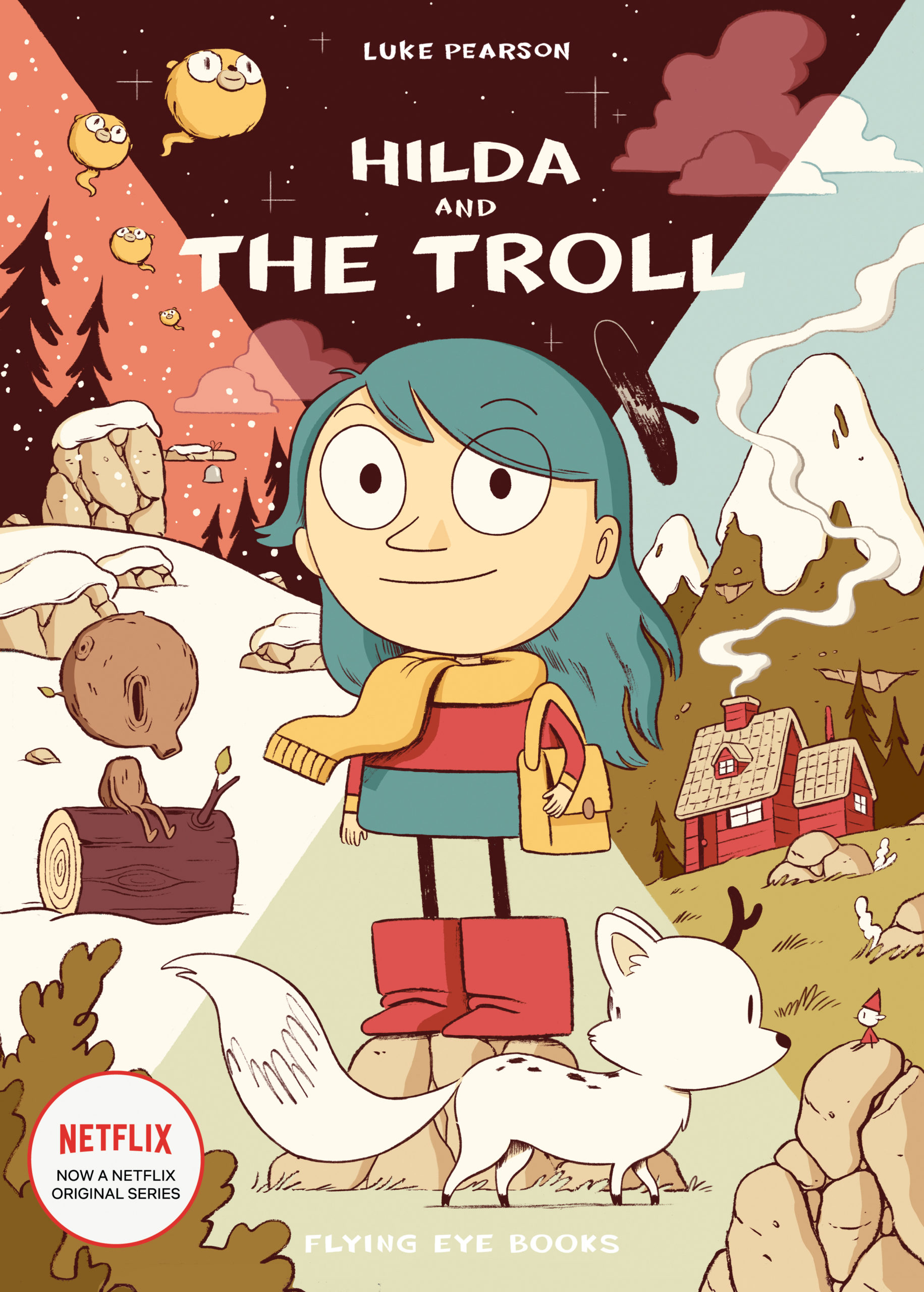From the moment we saw Luke‘s work as a submission in our famously delayed project PINM we knew he would make an indelible mark on the UK illustration and comics scene. In the year or so since then, to say that he has been prolific would be an understatement, producing his very first published comic, the beautiful Tove Jansson-esque Hildafolk, to much acclaim and just in time for Christmas, before leaping right into his surreal but very human tale of estrangement and heart break in Everything We Miss, released in July 2011. In the midst of his busy schedule we slotted ourselves in for a little interview, here’s what Luke had to say:
Tell us a bit about yourself?
I’m an illustrator and comics artist. Sometimes I say I’m a cartoonist as it sounds more fun and less like someone who just draws the pictures. I graduated in 2010 with an illustration degree and in the year since I finished I’ve spent nearly every day hunched slavishly over my desk, doing as much work as physically possible. I’ve somehow managed to make drawing my job, but I’m still waiting to start properly. I have the kind of face that makes people ask if I’m alright.
What inspires and informs your work?
Visually, I take inspiration from classic animation art, old book covers, alt comics and the massive amount of great illustrators and cartoonists I’ve discovered over the last few years. I look at a broad range of stuff that I strive to learn from or capture the essence of, but generally everything comes back to a desire for appealing cartooniness, clean lines, strong shapes and distinctive colour schemes. My ideas sometimes come from an urge to capture a warmness or a pleasant feeling, while some of my more downbeat or miserable ideas come from intensely scrutinising my own navel and trying to expand on the observations.
Tell us a bit about your process…
For line-based stuff my process is banally straight forward. I draw with pencil on whatever paper. I’ll frequently draw something, rub it out, try again and rub it out again so many times I wear a hole in the paper and have to start over. I ink over it with a brush pen, then scan it and digitally neaten up all the areas I messed up because the brush pen is clumsy and unreliable and I need to switch to a nib or a real brush like a true pro. I colour everything digitally. For some of my simpler, shape-based illustration stuff I work completely digitally, but always in Photoshop, never ever in Illustrator as some people seem so eager to believe. I keep sketchbooks but they tend to be full of small compositional sketches, illegible scrawls and wispy, barely visible, rough-as-hell practice sketches.

